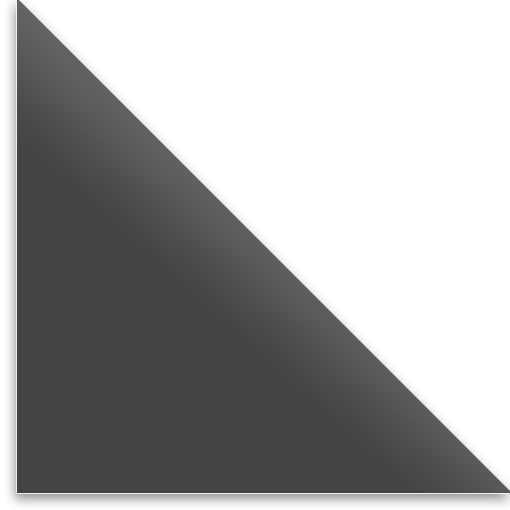Researchers develop 'self-healing' solar cells

According to researchers at Monash University, solar cells of the future could be able to withstand corrosive susceptibility by ‘self-healing’, in a breakthrough the scientific community has long been pursuing.
The breakthrough could pave the way for more reliable and efficient perovskite solar cells contributing to the global transition towards sustainable energy solutions. Highly efficient, lightweight and cheap, perovskite solar cells are expected to play a leading role in the future of solar energy production, but scientists still need to make them more durable and figure out how to produce them on a larger scale.
A study published in Nature reveals a novel strategy to enhance the stability and performance of perovskite solar cells (PSCs) through a mechanism described as ‘self-healing’.
Researchers from Monash University, the University of Oxford and the City University of Hong Kong say they have developed a novel strategy to enhance the stability and performance of perovskite solar cells (PSCs).
The innovating agent they developed dynamically heals the perovskite layer when exposed to environmental stressors such as moisture and heat, ensuring sustained device performance and longevity. Their game-changing approach resulted in solar cells with 25.1% power conversion efficiency and remarkable stability under 1000 hours of accelerated aging tests at 85°C and simulated solar illumination.
“This work addresses critical issues related to defect passivation in perovskites that have hindered widespread adoption of this promising technology,” said Professor Udo Bach, study co-author and Director of Research Department of Chemical and Biological Engineering at Monash. “Our slow-release strategy represents a significant advancement in the field of perovskite photovoltaics. By slowly releasing the passivating agents into our perovskite material, we have been able to produce solar cells not only with enhanced performance but also extended long-term stability under real-world conditions.
UQ sand mining startup named among top global innovators by WEF
A sustainable mining startup backed by University of Queensland researchers has been recognised...
CSIRO invites SMEs to free R&D program to advance digital innovation
A free eight-week program connects Aussie SMEs with the science, data and people they need to...
Long-duration battery technologies crucial for a clean energy future: UNSW
UNSW experts explain why long-duration batteries are likely to be crucial in the...









